The NCAA limiting its football roster cap to a strict 105 players puts Florida in an interesting spot, both with its plans on how to trim its near-140-man roster and how an NFL-style front office would help going forward.
Nov 16, 2024; Gainesville, Florida, USA; Florida Gators head coach Billy Napier prior to the game against the LSU Tigers at Ben Hill Griffin Stadium.
Nov 16, 2024; Gainesville, Florida, USA; Florida Gators head coach Billy Napier prior to the game against the LSU Tigers at Ben Hill Griffin Stadium.
:
There’s no question that this era of college football has but one of inconsistency. Rule changes, between the ever-changing transfer portal, NIL and the College Football Playoff, have forced college football programs to reevaluate traditional methods of operation and adapt to this new era, most of which comes with a lack of clarity.
Now, the results of the House v. NCAA case settlement put collegiate programs in a difficult position. Going forward, college football programs will be allowed to have up to 105 scholarship players, an increase of 20 from the previous years, but that number is a hard limit.
The traditional walk-on program in college football is no more, and for the Florida Gators, it means that nearly 30 players, not including graduates and outgoing transfers, won’t be allowed to return to the program next season.
“I think it’s going to be one of the more transformational things in our game in the last 20 years,” UF head coach Billy Napier said on Wednesday. “I think just relative to your year-round process, how do you practice, how you do all season, how do you develop players. I think it’s a product of revenue sharing but I would say we lack clarity there.”
The SEC, however, sits differently. The league will keep a scholarship limit of 85 players for football in the 2025-2026 season but are mandated to enforce the roster cap of 105, meaning SEC programs will be allowed 20 walk-ons.
But it doesn’t change the fact that the Gators will have to find a way to trim its roster, and there isn’t much clarity from the NCAA on when that will have to happen.
“We have no idea when that is going to happen,” Napier said. “What are the details of that? What are the rules going to be? When do you have to be at 105? Can you be over in the spring and the summer and training camp and then you get to 105 when school starts or can you have a waiting list? If you get a guy hurt, can you bring a guy up. I think there’s a ton to talk about and define here. We’ve asked for clarity, and I think it’s to-be-determined.”
With the lack of clarity, the Gators are considering many ideas to be prepared for when strict answers arrive, one of them being a club team on campus of ready-to-go replacement players should one on the 105-man roster get hurt. It’s an idea similar to what Napier previously used during his time at Louisiana.
“When I was in Louisiana, I used to train 160-170 players in the summer, and then we’d trim it to 135 on the first day of class,” he explained. “If we got a guy hurt, we make a phone call, we bring a guy up. So could you do that? But those are all … It has not been defined for us. We need some clarity.”
Even without the clarity, Napier anticipates changes to Florida’s practice setting without his walk-on army available as scout teams, even if the NCAA allows call-up players the way Napier wants. And, depending on the number of injuries, the Gators could be looking at second-string players spending time on the scout team in addition to their regular roles.
“So, our ability to replicate the opponent on offense, defense, and special teams, we can work at the same time,” he said. “Like, the offense can go against the scout team, the defense can go against the scout team, whereas you may not be able to do that. All of a sudden, your twos are servicing ones, and you are less efficient with your time. Then you could have some nightmare scenarios with certain positions where you get shorthanded in a hurry.”
An already ever-changing environment in college football has caused many teams, including Florida to format an NFL-style front office led by a general manager, whose sole focus is on the football program and not the other sports sponsored by the university.
Florida currently employs Jacob LaFrance as the football general manager, and Napier believes Florida is already “built to do it now,” but he still wants to focus on building an organization around him to him adapt to the upcoming changes.
This front office will not only be tasked with appropriately evaluating the revenue share side of the issue, but they will also be integral in helping Napier and his staff trim the roster. There’s also the question of how the Gators could use partial scholarships, which are now allowed in NCAA football.
However, even that remains undefined with the SEC keeping its scholarship count to 85 with a total roster cap of 105 for next season. And, from there, the question of how the revenue share would work remains.
“I think that the big thing here is that we’re really, literally going to be in a business model,” Napier said. “We have a cap, we have contracts, we have negotiation, we have strategy about how we distribute those funds, and it’s a major math puzzle.”
In the meantime, though, the Gators’ focus will be on closing the regular season on a high note. Florida still has two games left and are one win away from bowl eligibility. It’s also looking to completely build a low-ranked recruiting class as it fights to flip highly rated recruits.
That’s also not including the upcoming opening of the NCAA winter transfer portal window opening on Dec. 4.
Still, as clarity lacks from the NCAA, Florida cannot afford to fall behind with these impending changes. The problem-solving of these changes is something Napier looks forward to.
“So big-picture wise, that’s the No. 1 skillset. We’re going to build out a front office here in the next couple of months, and it’s primarily that purpose is to help us manage that huge math problem. There’ll be a ton of strategy around that, I’m looking forward it,” Napier said.
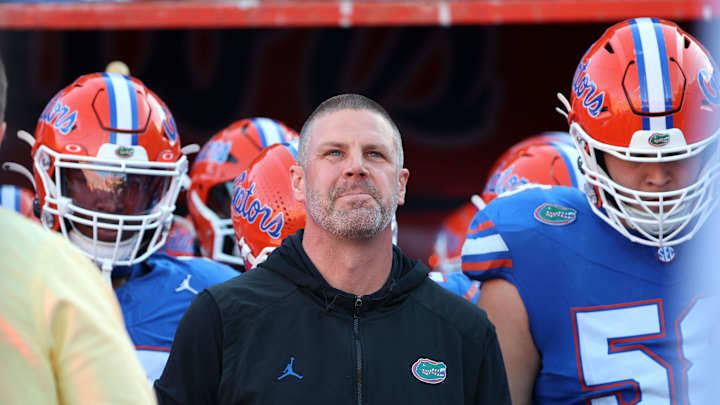
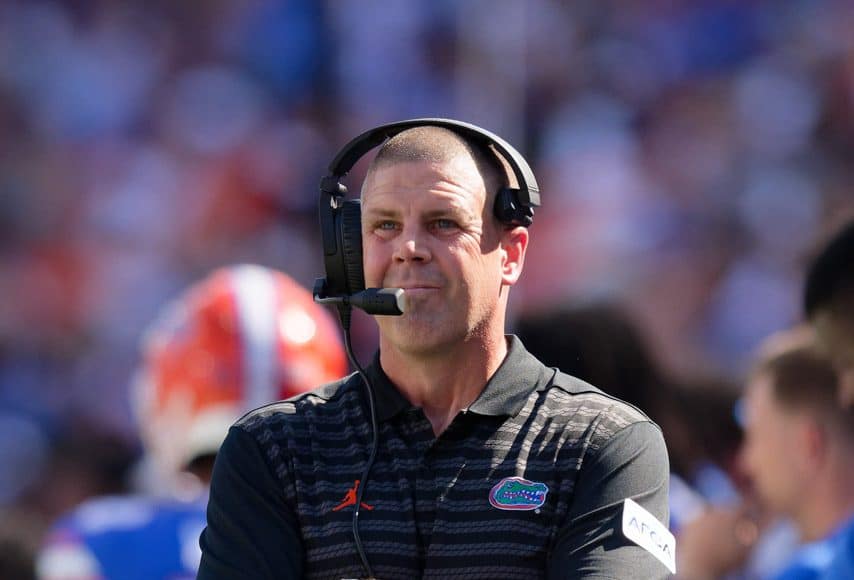
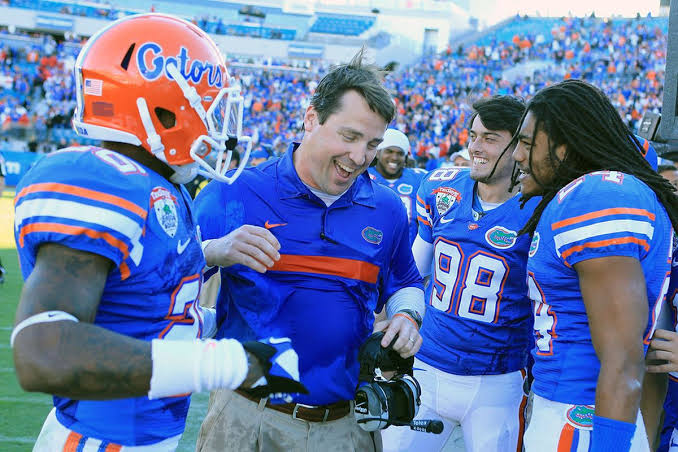

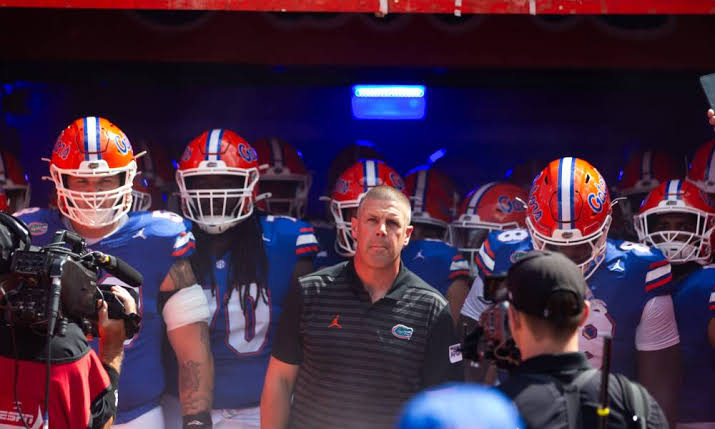
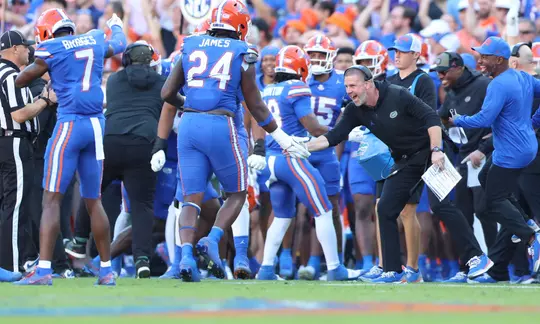

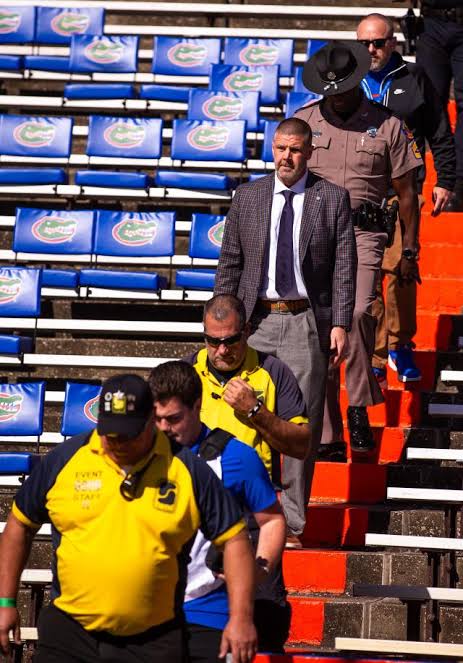

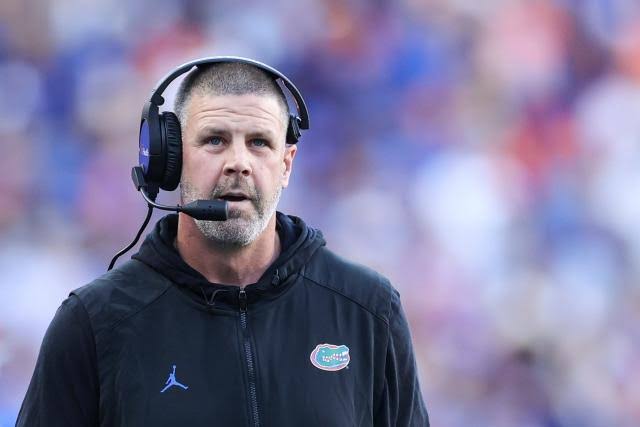



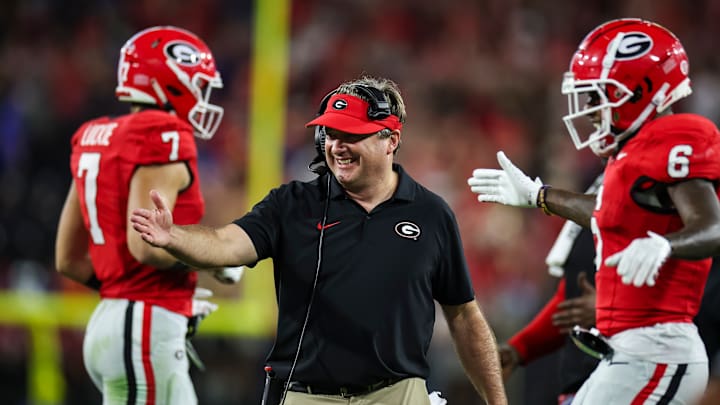

Leave a Reply